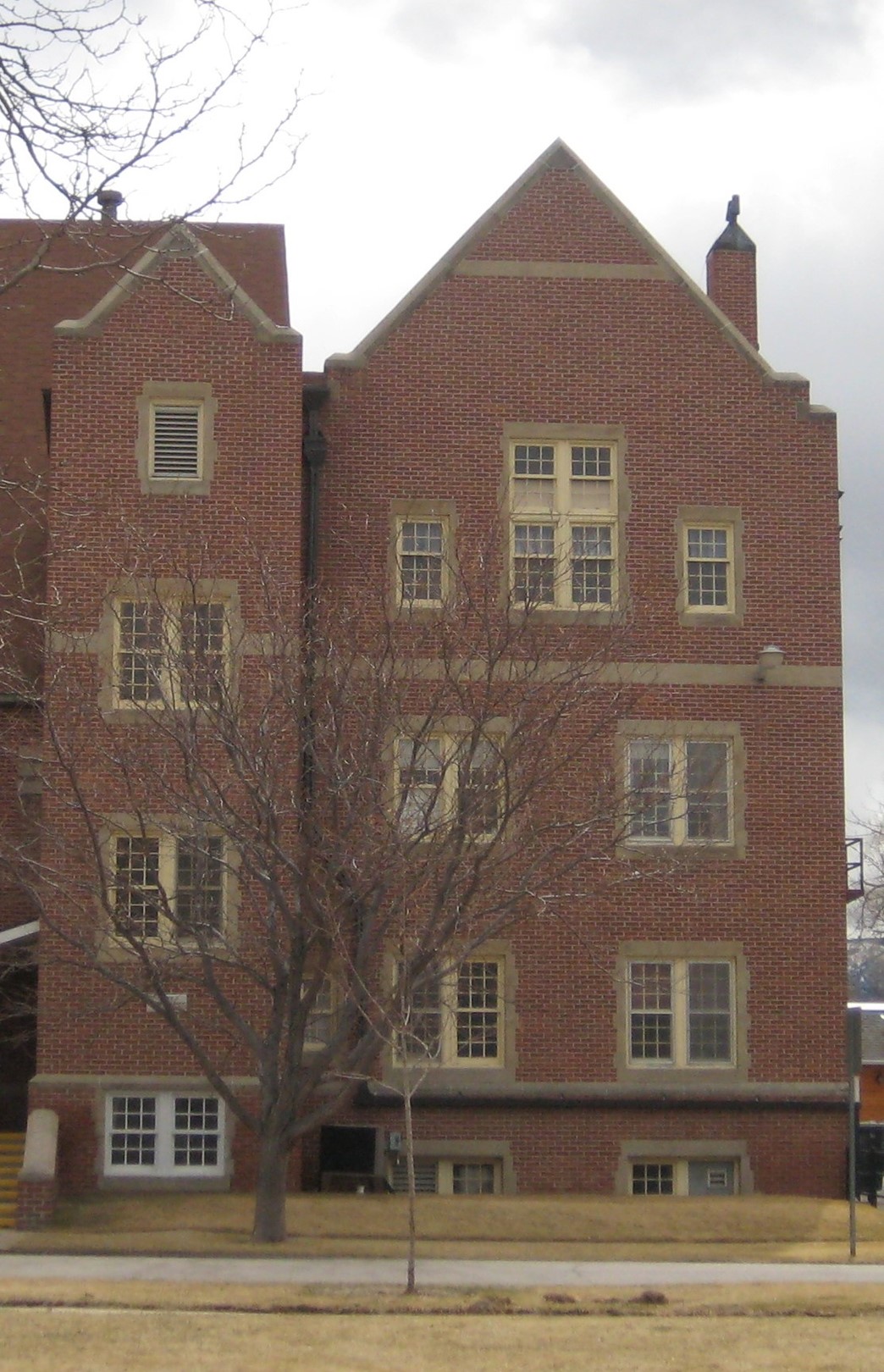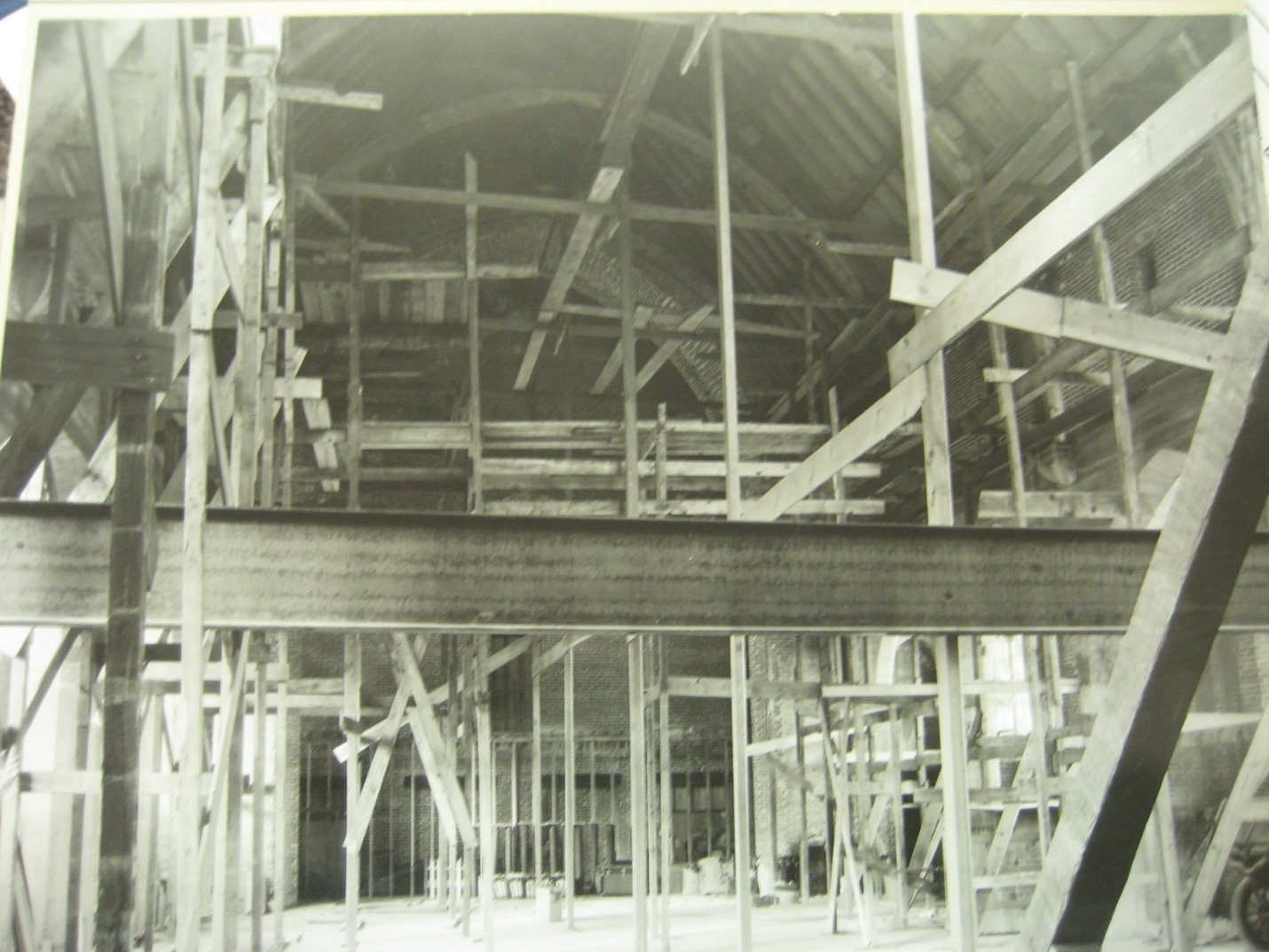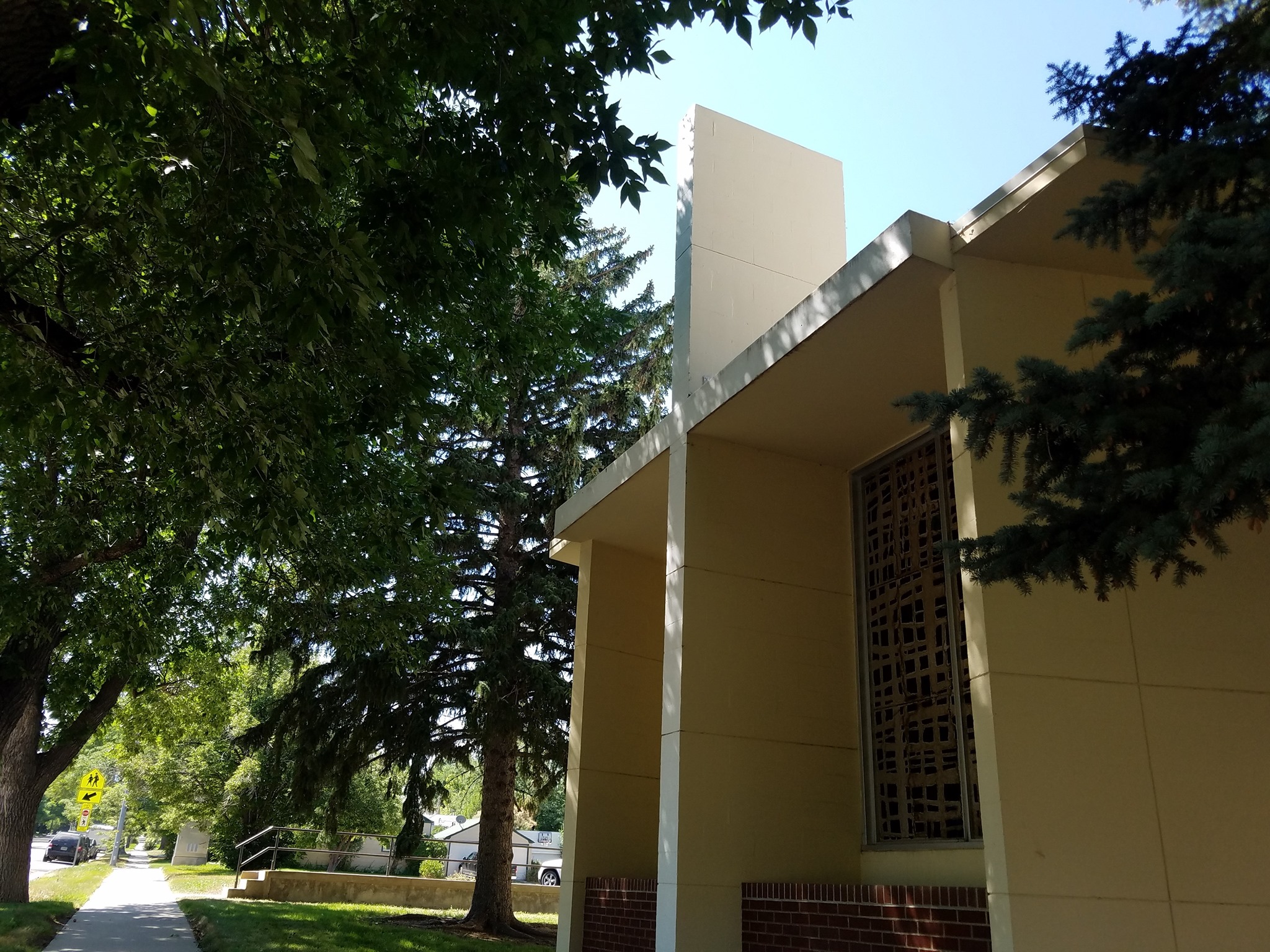A Brief History of Grace Reformed Church
In January 2018, Grace Reformed Church became the new name of First Presbyterian Church of Casper, Wyoming. Though the name is new, and better reflects who the congregation is now, the congregation itself has a more than 100-year history, which you can read about below.
Our church story starts with a gentleman named Rev. L. Harold Forde, Pastor Evangelist of what was then called the Cheyenne Presbytery. It was March 1913. He is quoted as saying “I didn’t know anything about Casper when I first came into the city. I left Cheyenne thoroughly intent on going to Salt Creek. I was told the round trip would cost me $35.00…I thought it was exorbitant!” He did not go!
Instead he stayed at the Grand Central Hotel, and while walking on the afternoon of March 7, he met the Baptist pastor. The pastor told him, “This is a Presbyterian city; you have so many Scotsmen here. Why don’t you stay in Casper and organize your people?” The Baptist introduced him to “a good strong Presbyterian” who attended the Baptist church.
No records ever mention who the Presbyterian was. However he and the Reverend spent the day of March 8, 1913 knocking on doors of the Scottish people in Casper. The Presbyterian asked the Baptist to let the Reverend preach at the church on March 9th. Forde sent a petition to the Presbytery to ask to start a church in Casper; those who signed the petition were then the charter members. These names hang in our church parlor. On the 16th of March in 1913 “the church organization was perfected” at the courthouse; by the 1st of April there were 66 members.
The History of Natrona County by A.J. Mokler says that the 66 members joined for worship in the courthouse for the first Sundays in March 1913 and then for a period in the Oddfellows building and in a tent.
In the fall of 1913, the church acquired a small house, “The Cottage Church,” which sat at 6th and Durbin where Our Saviour’s Lutheran Church is now located. The lot where the oldest part of First Presbyterian Church now stands was purchased in 1917, however building plans were halted when the U.S. involvement in WWI became imminent. In January 1921, with the economy still poor, but The Cottage Church bursting at the seams, the congregation decided to keep the big building project on hold and instead put a tarpaper addition on the little house at 6th and Durbin. Church members created “The Tarpaper Tabernacle” by themselves over a weekend.
Shown in the panoramic picture below is the men’s Sunday School class in front of the tarpaper addition. On the far right of the picture is The Cottage Church. In May of the same year, the lean-to on the far left was added for the Sunday School.
In 1923, members decided it was time to begin construction on the new lot on Park Street (now 8th) at Wolcott. The original three story brick part of the church pictured here was finished in 1926. Worship services were initially held on the third floor which at that time did not have interior walls. Construction slowed again in 1929 when the stock market crashed and pledges for construction costs could not be met. It took from 1929 until 1947 to complete the sanctuary. Long-time members have told how the Scots community joined with church members during and after WW2 to lay hard-to-acquire flooring and finish up the rafters. (that stage pictured) During much of that time Worship was held in the basement of the sanctuary.


Reflecting on FPC’s first hundred years, God’s faithfulness through these difficult early years seems incredibly evident. It was God who drew together the Presbyterians of Casper through the thrifty willingness of Rev. Forde. It was God who provided for His people, in His time, through the trying years of WWI and the Depression as our church family occupied eight different structures. It was God who gathered generations of the faithful for 100 years, even during times without pastor or pew. Realizing all this, it becomes clear that this body of believers calling themselves a church which came together 100 years ago was not the courthouse, the Oddfellows building, a canvas tent, the Cottage Church, The Annex, the Tarpaper Tabernacle and lean-to, or the brick structure at 8th and Wolcott. The church was, and is, God’s people gathering wherever they can to worship and glorify Him, remaining sacrificially faithful to His work in trial. The particular location or type of building did not and does not bind us together as a church. Our mortar continues to be our Lord and Savior Jesus Christ wherever two or more gather to worship Him and reach out to others in His name.
2013: A New Denomination
In the several years leading up to 2013, the members of First Presbyterian Church found themselves having difficulty with the views expressed by the Presbyterian Church (USA), particularly those dealing with the authority of Holy Scripture as our only rule in faith and life. With much prayerful and careful consideration, the church sought out a new affiliation with a denomination that would more closely reflect their views on Scripture. In the fall of 2013, FPC joined the Evangelical Presbyterian Church (EPC), with the official installation of all of FPC’s officers and establishment of the congregation taking place on March 23, 2014. The EPC holds to seven Essential Beliefs. With great thanksgiving and praise to God, we excitedly begin this next chapter in the life of God’s congregation here at First Presbyterian. We celebrate our first hundred years and look forward to God’s providence for many more.
2018: A New Name
In the fall of 2017, the congregation of First Presbyterian voted to change their name to better reflect who we are now, and who we strive to be: saved by Grace, and continually being Reformed according to scripture. We remain a member of the Evangelical Presbyterian Church.
2019: The Chapel
A great deal changed for the family of Grace Reformed Church in the summer of 2019, when the congregation stepped out in faith by giving the beautiful brick building on 8th and Wolcott to another church. It was a difficult thing to say goodbye to a building and a sanctuary that had been the church's home for so long, but it no longer suited the needs of the congregation. We found that the space we were failing to utilize for kingdom work could be better utilized by another part of Christ's church. Thankfully, there was an additional chapel on the property (in the left corner of the first image below) that was perfect size for the current congregation, and GRC moved worship services there in September of 2019, and continues to meet there today.


